5 Of The Smallest Big-Block Engines Ever Built
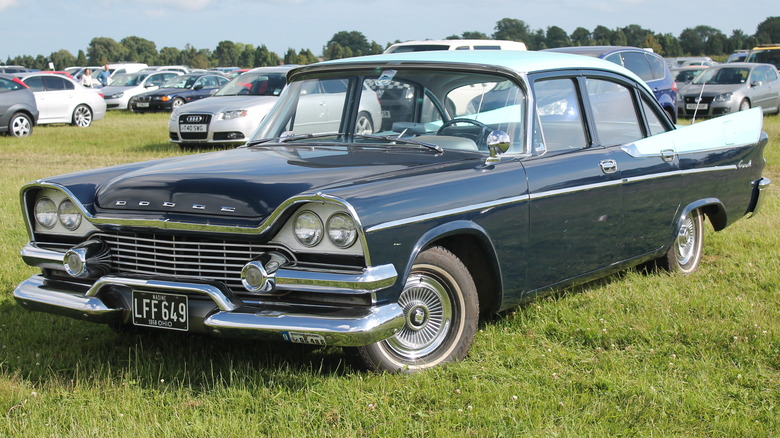
It seems simple to tell big-block and small-block engines apart at first glance due to their names. However, things aren't that straightforward. Companies often use varying criteria to classify engines, leading to inconsistency, even within the same manufacturer. Two engines with the same displacement, for instance, may be labeled differently based on their block size, which is a more accurate distinguishing factor than engine volume, although the two are generally connected.
The distinction between big-block and small-block engines can be blurry, which can make some big-block engines appear relatively small in comparison to others. This phenomenon is not unique to a specific manufacturer and is observed throughout the industry. Here, we'll highlight five notable big-block V8 engines that are smaller than you might expect, despite being part of that category. This list may appear to have a strong focus on American-made engines, given General Motors' significant influence in the history of V8 engines, making it unavoidable.
]
Read more:
1958 Chevrolet 348 V8
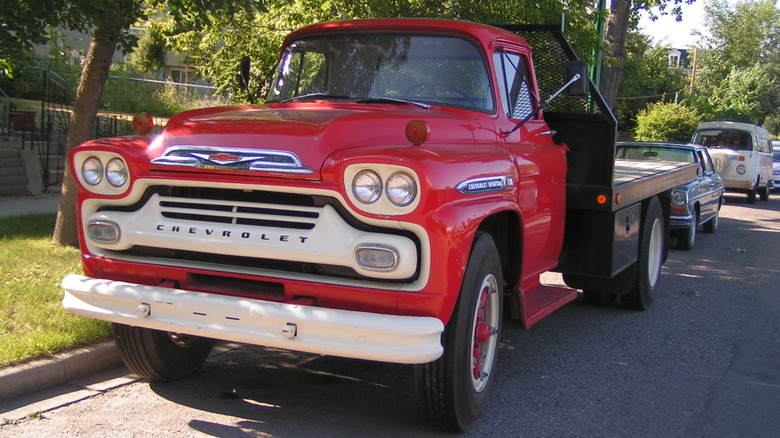
No one is more emblematic of large-block engines than Chevrolet. A simple Google search for "big-block engines" reveals a plethora of articles, websites, and forums all centered around Chevrolet's big-block engines, making it seem like they're the only ones who've ever produced them. This isn't true, but Chevrolet certainly does deserve a prominent mention. Let's start with its very first big-block V8, which hit the scene back in 1958.
In the years leading up to the development of this new engine, Chevrolet had already created many small-block V8 engines. However, the introduction of larger pickup trucks to the market led to the need for a more powerful engine to handle these bigger vehicles. As a result, the company developed the 348, a large V8 engine with a displacement of 348 cubic inches, or approximately 5.7 liters, thanks to a 4.125 inch bore and 3.25 inch stroke. While this engine was used in some Chevrolet cars, it found its most reliable application in trucks and was utilized in those models through 1964, three years longer than in their automobiles.
In terms of power, the Chevy 348 produced 250 horsepower and 355 pounds-feet of torque as a standard offering. However, the "Super Turbo Thrust" version took it to the next level, producing 280 horsepower with three two-barrel carburetors on board. Over the years, engine variations continuously upgraded the power, ultimately reaching a peak of 350 horsepower and 364 pounds-feet of torque in 1961.
]
1977 Ford 370 V8
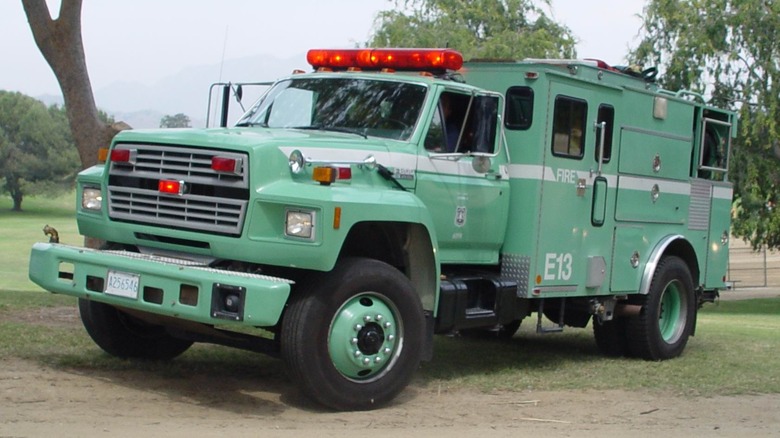
Large-block engines like the Chevrolet 348 are designed to be high-performance motors that can fit in smaller vehicles, as seen in many pickup trucks. While they're used in compact trucks, they're relatively small in comparison to the wide range of vehicle sizes available. Big-block engines often power vehicles that need to tackle heavy loads, and this was exactly the purpose behind Ford's 370 engine when it debuted late in the 1970s.
The 1968 series launched, and those engines powered several of the company's top models. But the 370 engine had its own unique purpose, introduced nearly 10 years into the series. The big change came in 1977, when the medium FE 360 engine was replaced for large vehicles such as the F-600/700 and C-600/700 trucks. This engine was designed to power massive dump trucks, buses, and fire engines that rode on oversized frames.
By the late 1980s, the Ford 370 engine, which had initially gone by a 6.1L V8 nameplate, would gradually stop being used in all of its applications and be replaced by different engine options. Ordinarily, Ford would introduce new engines, and frequently, these were diesel-powered engines. The Ford 370's purpose had essentially come to an end.
Photoshopped and resized
1966 Chevrolet 366 V8
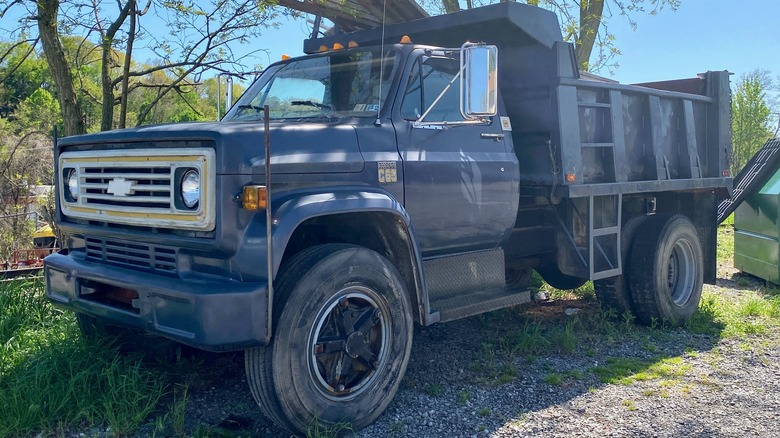
It wasn't just Ford that employed smaller V8 engines in its larger commercial and heavy-duty trucks - numerous other manufacturers also followed this path, albeit behind the curve set by Chevrolet. Interestingly, Chevrolet actually implemented this approach more than a decade before Ford, and it's fitting given the long-standing association between Chevrolet and big-block V8s, dating back to as early as 1966.
In 1958, the Chevrolet 366 V8 engine was introduced in the Chevy C80, L80, M80, and T80 models, which were the largest and most heavy-duty trucks on the market at that time. These models, with the cab layout options of L (low-cab forward) and T (tilt cab), were also available as an option for the 60 series trucks. The following year, the 366 V8 became a standard engine for the 60 series as well. Initially, the engine produced 185 net horsepower and 315 net lb-ft of torque, but its performance continued to improve over the years.
Although the large-block V8 engine originated in the 1960s, Chevrolet kept the 366 V8 in production until 1990, after which it completely revamped its big-block engine lineup. The 366 V8 may not have been the most versatile engine Chevrolet ever built, but it remained in production for over two decades, suggesting it effectively met a demand.
]
1980 Cadillac 368 V8
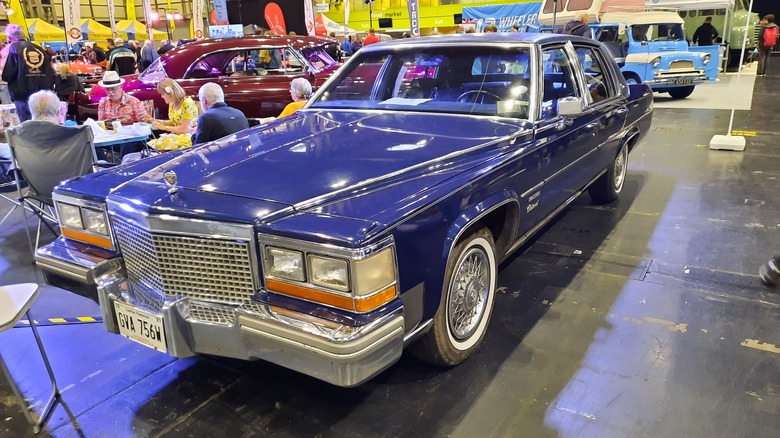
It's natural to think that a bigger engine would require a larger vehicle to handle it, but surprisingly, big-block V8s can be found under the hood of smaller cars like sedans or coupés. The larger engines from the Big Block families have typically been used in larger vehicles, but they can also be found in smaller vehicles. This versatility is perhaps most evident in the Cadillac 368 V8, which, despite being a larger engine, offers wide ranging possibilities.
This engine, dubbed the L61, made its debut in 1980. Initially, it was intended for use in premium vehicles like the Cadillac DeVille, Fleetwood Brougham, and specially designed limousines. Despite its modest specifications, including 6.0L of displacement and a four-barrel carburetor, the engine actually boasted 150 hp and 265 lb-ft of torque. These figures might seem unimpressive on the surface, but considering the stringent emissions regulations and fuel shortages of the 1970s, as well as changes to how horsepower ratings were calculated, these numbers were genuinely respectable, especially for vehicles prioritizing luxury over high performance.
Its technological ambitions had far surpassed its capabilities, resulting in a multitude of difficulties.
]
1958 Chrysler 350 V8
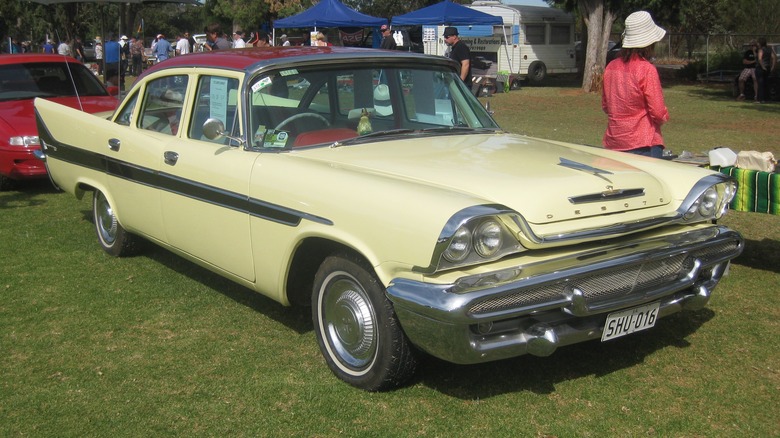
The last entry on this list takes us away from General Motors and Ford and shifts the focus to Stellantis, a company that home to the legendary Chrysler brand, a real powerhouse in American automotive history. Much like the brief-lived Cadillac small-block V8, this Chrysler V8, known as the 350, also had a short production run, just one year, when it emerged in 1958.
Chrysler had been utilizing its FirePower engines, also known as Hemi line, in V8 engines, but decided to revamp its production method for these engines. The result was the introduction of its B and RB wedge engines, which would replace the old ones, and the first two new models were the 350 and 361. The 350 model had 5.7L of engine capacity and was used as an upgraded option in several models, although it was not used in any Chrysler-branded vehicles.
For the year, Chrysler's 350 was fitted into both the Royal and Sierra models. The DeSoto Firesweep, which had been introduced the year before, was also on the market. The power output of the 350 V8 varied, reaching anywhere from 280 to 315 horsepower and 370 to 380 pound-feet of torque, all depending on which vehicle it was paired with.
Chrysler launched their 383 big-block V8 in 1959, rendering the 361 model the smaller alternative, which led to the obsolescence of the 350 V8 engine.
]
.
Post a Comment for "5 Of The Smallest Big-Block Engines Ever Built"